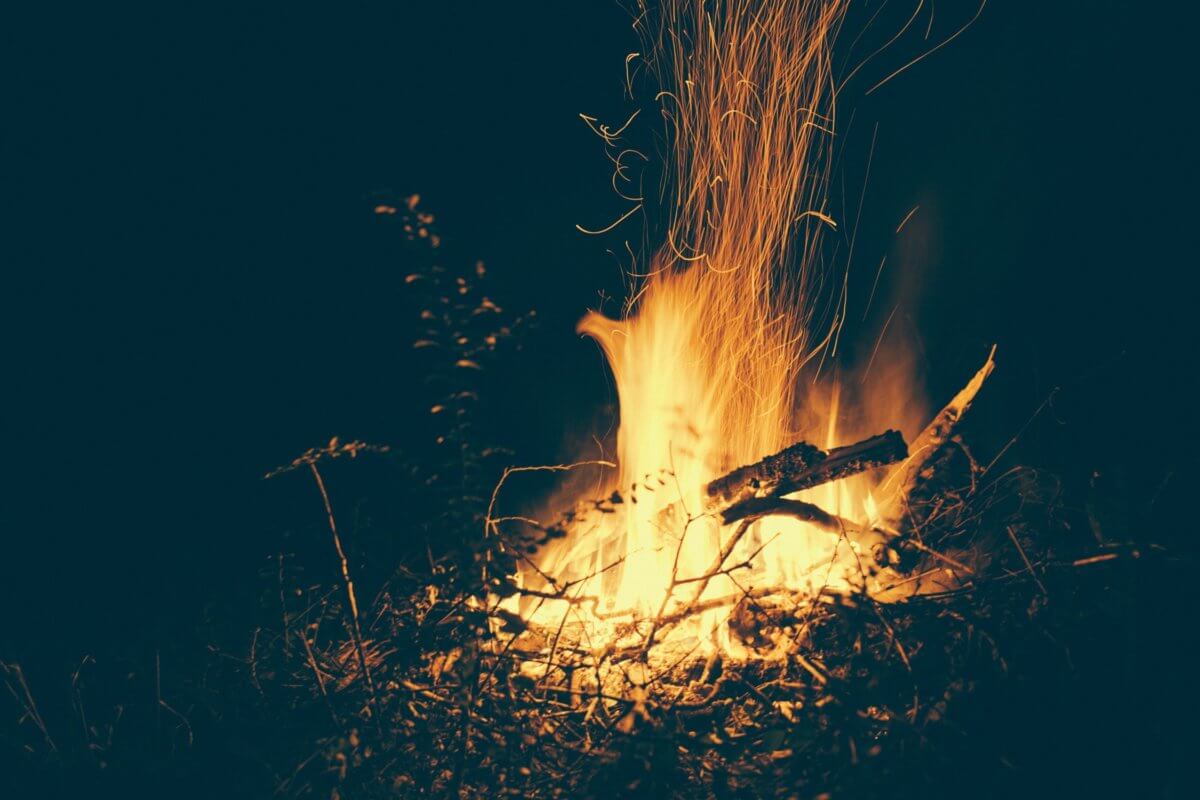Fire. It’s scary. It’s destructive and can even claim lives. In 2003, the Canberra bushfires destroyed over 164,000 hectares of bushland in the ACT, killing 19 people. For many, it is easy to view fire as a purely destructive force, but in Australia, it is crucial for the environment.
For Indigenous communities, fire has always been a part of cultural practice. Cultural burning, however, is a relatively new term in land management. It refers to the many ways Indigenous groups are connected with fire. Each community can experience this connection differently. Often though, fire is used to manage the landscape.
Fire has many practical uses in Indigenous culture. Areas were burned so travel through thick vegetation was easier. Indigenous hunters also used fire to muster game to open areas. Fire also holds significant spiritual value for Indigenous people. Ceremonies and rites of passage rely heavily on fire and smoke.
All Indigenous uses of fire are underpinned by the core concept of ‘caring for country’. ‘Caring for country’ is the interconnected relationships between all elements and beings. It has always been highly valued by Indigenous groups. The benefits of fire for contemporary land management are only now being realised.
In the Northern Territory national parks are co-managed with Indigenous groups. Cultural burns are often conducted at the end of the wet season to reduce the fuel load for the dry. Both the government and the Indigenous communities involved benefit. The government is able to drastically reduce the fire danger for the upcoming season. Meanwhile, Indigenous people can continue caring for country.
ACT National Parks has also begun to undertake cultural burns. Local Indigenous groups are using a burning technique called patch mosaic burning. This technique involves burning different, small patches of land. As a result, a mosaic pattern is created throughout the landscape. The environment, therefore, becomes more heterogeneous which encourages greater biodiversity.
Across Australia, cultural burning is on the rise. This is because it is such an effective management tool. Indigenous people have inhabited Australia for over 60,000 years. As such, their knowledge of Australia’s environment is an invaluable resource.
We must start to move away from seeing cultural burning as a token management technique. Instead, cultural burning should be at the forefront of Australian bushfire management. Fire is not the enemy. It is essential to the environment.
We acknowledge the Ngunnawal and Ngambri people, who are the Traditional Custodians of the land on which Woroni, Woroni Radio and Woroni TV are created, edited, published, printed and distributed. We pay our respects to Elders past and present. We acknowledge that the name Woroni was taken from the Wadi Wadi Nation without permission, and we are striving to do better for future reconciliation.
